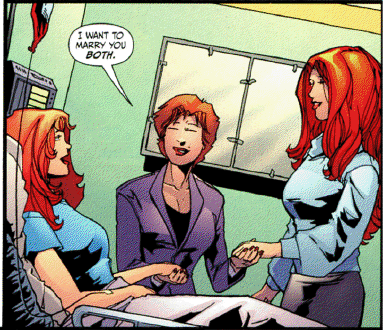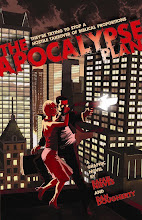 All Things Considered on National Public Radio, spoke with comics writer Grant Morrison recently both to learn about his personal background with superheroes as well as the content of his new book Supergods: What Masked Vigilantes, Miraculous Mutants, and a Sun God from Smallville Can Teach Us About Being Human.
All Things Considered on National Public Radio, spoke with comics writer Grant Morrison recently both to learn about his personal background with superheroes as well as the content of his new book Supergods: What Masked Vigilantes, Miraculous Mutants, and a Sun God from Smallville Can Teach Us About Being Human.
Morrison argues that, unlike movies and TV shows with slow production schedules, comic books speak to the moment in a more immediate way. “A comic is on the streets within three months of it being created,” Morrison says. “There’s very little editorial influence, so you see an artist’s work directly on the page.”
And, he says, comic books provide valuable role models for a new generation of superheroes. “When new superheroes appear on the planet — real superheroes — they’ll have all this material to study and figure out, ‘What are we supposed to be and do?'”
The book jacket adds, “these heroes are powerful archetypes whose ongoing, decades-spanning story arcs reflect and predict the course of human existence: Through them we tell the story of ourselves, our troubled history, and our starry aspirations.”
Download the entirety of the 8-minute interview: NPR Interview with Grant Morrison


